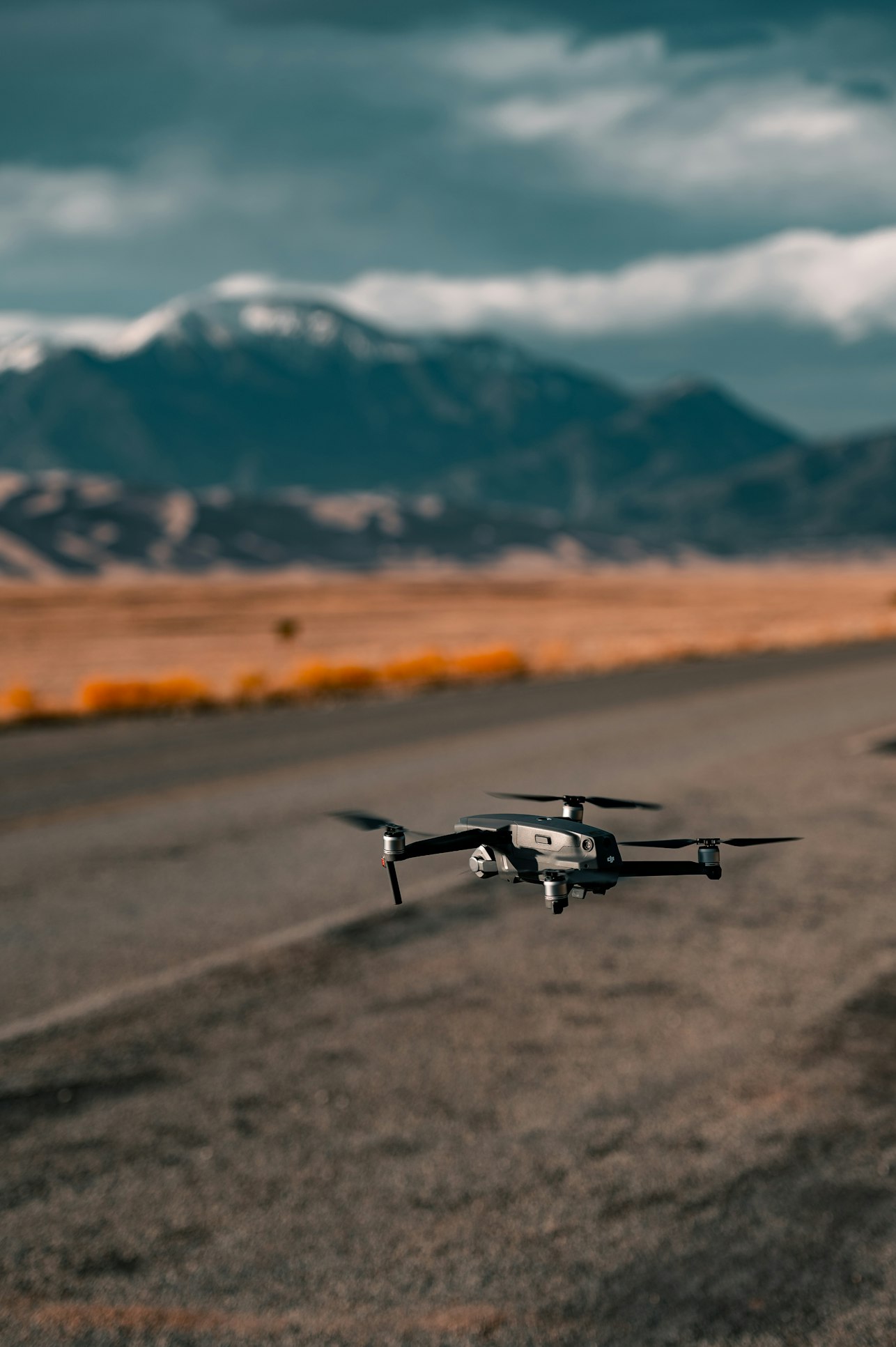Deepak Gupta
The recent surge in drone photography has reshaped the world of traditional photography. From ground level, photographers now have a tool to capture stunning aerial views, offering fresh perspectives previously out of reach. With drones becoming more affordable and user-friendly, beginners find an opportunity to explore this new frontier. As with any form of photography, starting with a strong foundation is key. This article will outline essential tips and techniques to help novices unlock the full potential of their drones.
Understanding How Drone Photography WorksDrone photography is not merely about sending a camera airborne. It integrates advanced technology and artistry, requiring a blend of technical knowledge and creative vision.
At the core of this practice is the drone itself. Most modern drones have high-resolution cameras with features similar to standard digital cameras. These cameras often have adjustable settings like ISO, shutter speed and aperture, allowing photographers to adjust to varying lighting conditions. The drone has a storage device to save the captured images and videos. After the flight, users can transfer these media files to a computer, compress images, optimize web usage, etc.

One unique aspect of drones is the gimbal system. This stabilization mechanism ensures that the camera remains steady even in windy conditions or during rapid maneuvers, capturing smooth footage and sharp stills.
Remote control plays a vital role. Most drones come with dedicated remote controls or smartphone apps that allow users to pilot the drone and adjust camera settings. The live video feed, typically displayed on the controller or a connected device, helps photographers frame their shots in real time.
Lastly, drone photography demands an understanding of composition from a new vantage point. Traditional rules like the rule of thirds still apply, but now there’s an added dimension – altitude. By mastering the balance between height, angle and framing, photographers can produce images that truly stand out.
Basic Flight Skills Every Photographer Should MasterMastering basic flight skills is crucial before delving into the intricacies of drone photography. A confident pilot can capture stable, clear images while ensuring the safety of both the drone and the surroundings. Here are the skill you need to become a professional in photography:
Takeoff and Landing. These foundational maneuvers set the tone for the flight. Practice smooth takeoffs and safe landings in open areas free from obstructions.
Hovering. Holding the drone steady at a specific altitude and position is essential for capturing sharp photos.
Yaw, Pitch and Roll. Understand these three primary movements. Yaw rotates the drone around its vertical axis, pitch tilts it forward or backward and roll tilts it side-to-side. Mastery of these motions allows for dynamic shots.
Altitude Control. Drones offer the unique advantage of height. Learn to adjust altitude seamlessly to frame shots from different perspectives.
Obstacle Avoidance. Many drones come with built-in sensors to detect and avoid obstacles. However, manual skill in navigating around barriers, especially in tight spaces, is invaluable.
Return to Home (RTH). Familiarize yourself with the RTH function, a safety feature that brings the drone back to its launch point if the connection is lost or the battery runs low.
Gaining proficiency in these skills not only ensures better photographs but also extends the lifespan of the drone. With practice, even beginners can pilot with confidence and focus more on the art of photography.
Composition and Framing from the SkyDrone photography presents unique opportunities and challenges in composition and framing. The aerial perspective can transform mundane scenes into captivating images but requires a recalibration of traditional photographic principles.
Rule of Thirds. This classic principle remains relevant. Imagine your frame divided into nine equal segments by two horizontal and two vertical lines. Place the subject or points of interest along these lines or at their intersections for a balanced composition.
Leading Lines. From above, roads, rivers and pathways become dynamic lines that can guide a viewer’s eyes through the image. Use them to draw attention to the primary subject.
Symmetry and Patterns. The aerial view excels at revealing natural or man-made patterns. Symmetrical designs, like agricultural fields or urban grids, can create visually striking images.
Use Negative Space. Large water, sand or field expanses can serve as negative space. It accentuates the main subject, providing a sense of scale and isolation.
Play with Shadows. Early morning or late afternoon flights can capture elongated shadows, adding depth and contrast to the scene.
Mind the Horizon. Keep the horizon straight, especially over large bodies of water. However, occasionally tilting the drone’s camera for a diagonal horizon can introduce dynamism.
 Conclusion
ConclusionDrone photography offers a fresh lens to view the world and transforms ordinary landscapes into extraordinary vistas. While it presents unique challenges, one can navigate these hurdles effectively with the right skills, knowledge and respect for the craft. As technology advances and drones become even more accessible, the sky is not the limit but a new playground for photographers eager to capture the world from a bird’s eye view.
Source: Techshali.com
Original content:https://techshali.com/the-rise-of-drone-photography-tips-and-techniques-for-beginners/